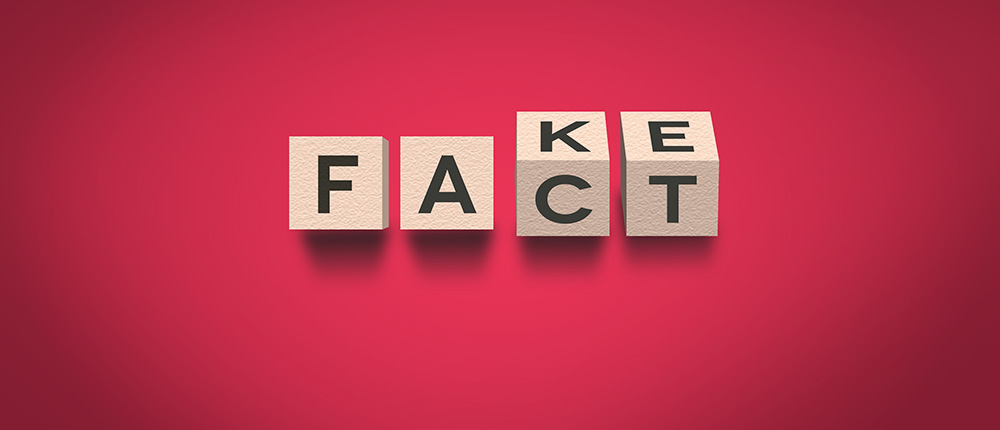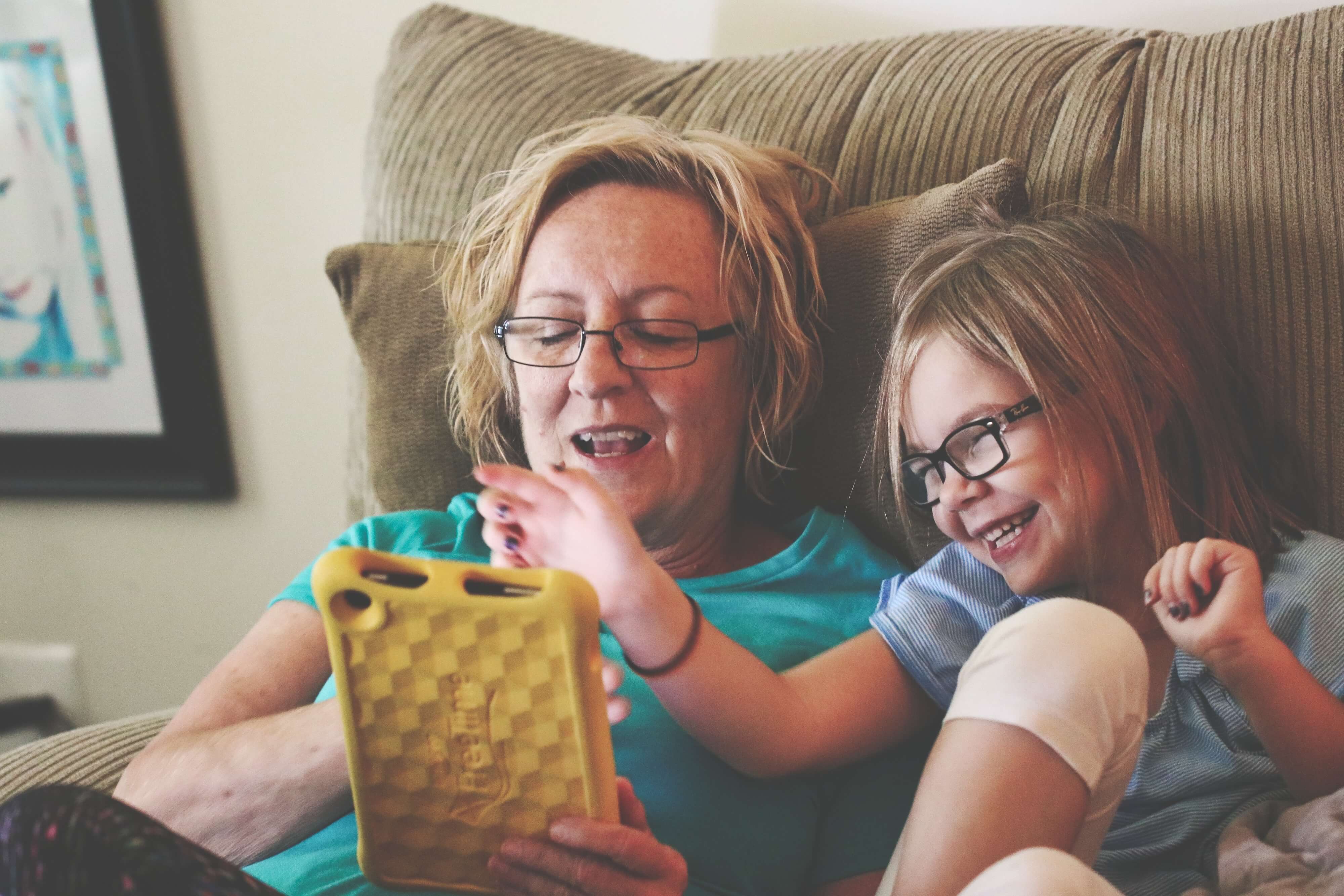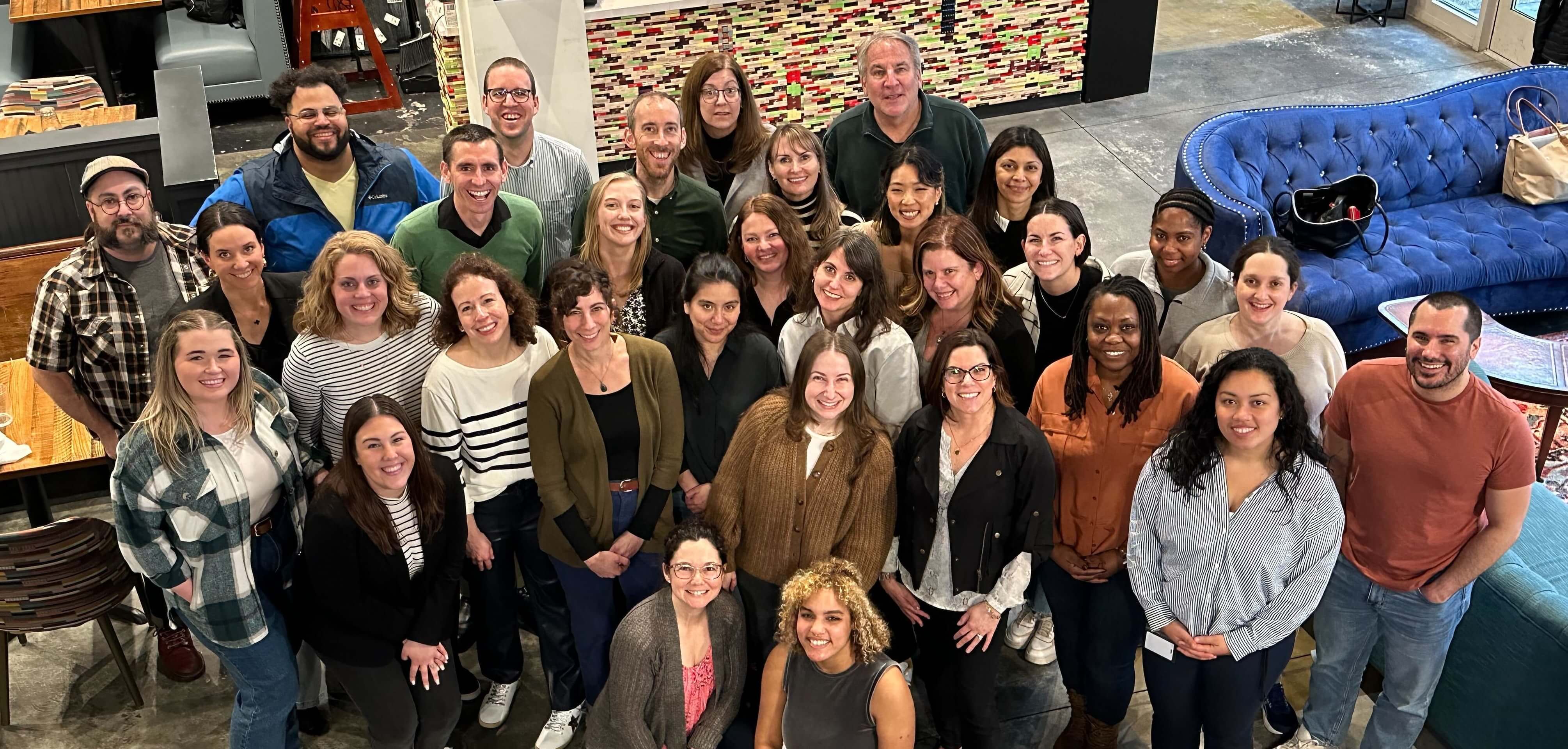Stanford Study Confirms What We Already, Painfully, Know: Today’s Youth Struggle In Deciding What Is Fact versus Fiction

Our colleagues at the Stanford History Education Group just completed another compelling national study that showcases, again, that our youth are drowning in their inability to determine “what is true” and thus make good decisions based on what they see, hear, and read.
This data is both critically important and deeply disturbing.
We need these studies to showcase how far back we have fallen in our ability to prepare our youth to live productive, self-directed lives in this increasingly dynamic, technological world where fact and fiction are so easily blurred. This data supports the growing call that change is needed – now.
It is disturbing because this showcases that we cannot act quickly enough. Our current students are entering the workforce, society and leadership roles without the benefit of having learned how to gather information, interpret data, listen with open minds, understand biases they may bring to the situation, think probabilistically and thus reach a sound, solid decision. We are failing them.
The study involved 3,446 students – which SHEG thoughtfully tells us is a national sample that matches the demographic profile of high school students in the United States. It included students from urban, suburban and rural schools representing a mix of demographics and sociographics. Thus, it was a reflective blend of today’s high school population.
Here is what we saw:
96 percent of the high school students took a website and the data shared at face value. They assumed it was accurate and objective, failing to question who created it or who was backing it. Thus, they missed that it may have been created to propagate a given agenda instead of sharing balanced data. The website? At first glance, it is a non-profit organization addressing the effects of CO2 emissions; but it is funded by fossil fuel companies with an entirely different objective.
Nearly 70 percent could not discern between news stories and advertisements.
More than 50 percent believed without question that videos posted online actually proved what the caption was purporting. They did not research further, did not question the source and did not seek to understand what else might be happening, but rather assumed that what they were told and shown was accurate.
The Stanford research team wrote in conclusion:
“Reliable information is to civic health what proper sanitation and potable water are to public health. A
polluted information supply imperils our nation’s civic health. We need high-quality digital literacy curricula, validated by rigorous research, to guarantee the vitality of American democracy.Education moves slowly. Technology doesn’t. If we don’t act with urgency, our students’ ability to engage in civic life will be the casualty.”
We could not agree more passionately.
Making sense of information, including evaluating its credibility, is critical to forming sound judgments and making good decisions.
To continue down our current path is blind disregard for what our youth so desperately need; high quality instruction in critical thinking and deciding skills.
We must embrace the need for Decision Education so that today’s students – who are tomorrow’s leaders – can make better decisions that will positively impact their lives, their families, their communities, their workplaces and this country.
Our youth must be educated to make good decisions that will put them in control of their own lives, and not be directed by others.

